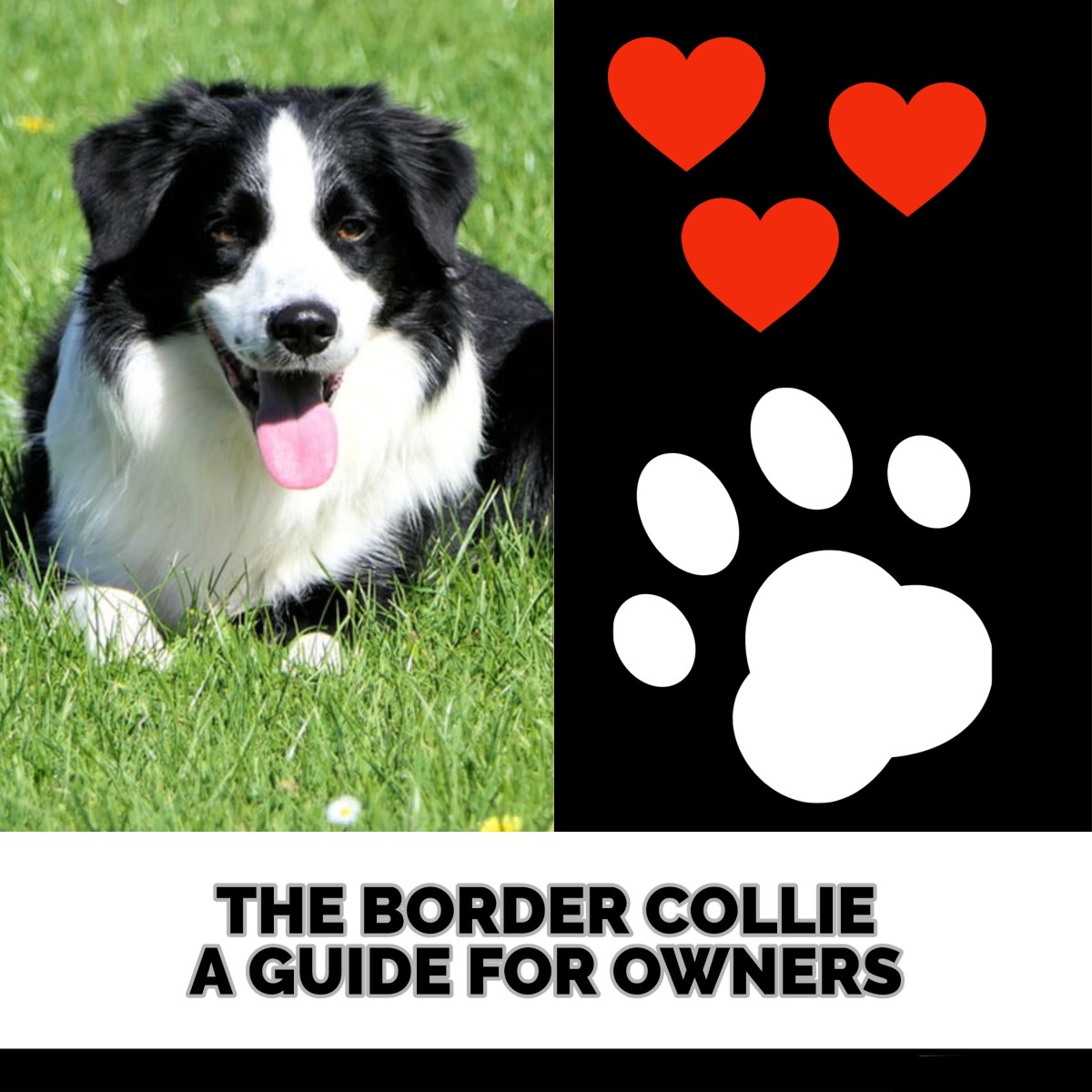Are you a proud Border Collie owner? Then you know just how active and playful these dogs can be. They love to run, jump, and explore, which means their paws are constantly on the move. But did you know that taking care of your Border Collie’s paws is essential for their overall health and well-being? In this article, we’ll explore some essential tips for maintaining your Border Collie’s paw health, so that they can continue to enjoy their active lifestyle to the fullest.
When it comes to caring for your Border Collie’s paws, regular grooming is key. Start by inspecting their paws on a daily basis, checking for any cuts, wounds, or foreign objects such as thorns or splinters. Keep their nails trimmed to prevent them from becoming too long, which can cause discomfort and even affect their ability to walk or run properly. Brushing their paws regularly can also help to prevent matting and the accumulation of debris.
Another important aspect of paw health for Border Collies is proper hydration. Just like humans, dogs need to stay hydrated to maintain optimal health. Providing your Border Collie with clean and fresh water at all times is essential, especially during hot weather or periods of intense physical activity. Dehydration can lead to dry and cracked paw pads, so make sure to monitor their water intake and replenish it as needed.
In addition to grooming and hydration, it’s important to protect your Border Collie’s paws from harsh environmental conditions. Extreme temperatures, such as hot pavement or icy sidewalks, can cause discomfort and even burn their paws. Investing in dog booties or paw balms can offer a layer of protection and help to keep their paws healthy and comfortable. Plus, they’ll look adorable in their little booties!
In conclusion, taking care of your Border Collie’s paws is crucial for their overall health and happiness. By regularly grooming their paws, ensuring proper hydration, and protecting them from harsh environmental conditions, you can help your furry friend maintain healthy and happy paws. Remember, a little extra care goes a long way when it comes to your Border Collie’s paw health! Stay tuned for more detailed tips and tricks in our upcoming article.
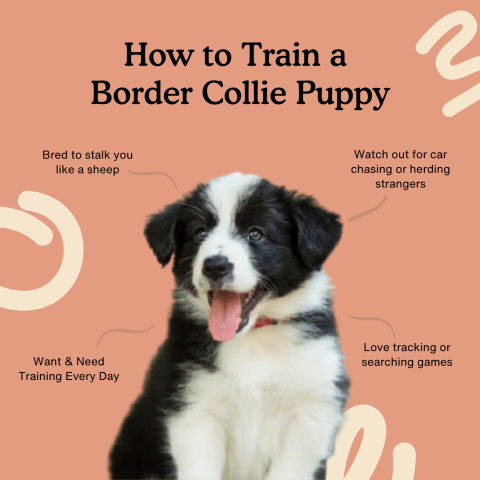
Essential Tips for Maintaining Your Border Collie’s Paw Health
As a responsible dog owner, it is important to prioritize your Border Collie’s paw health. Their paws play a vital role in their everyday lives, from walking and running to playing and exploring. By following a regular paw care routine, practicing good hygiene, and taking precautions to protect their paws, you can ensure that your furry friend’s paws remain healthy and free from discomfort. In this guide, we will provide you with essential tips for maintaining your Border Collie’s paw health.
Signs of Healthy Paws
Before diving into the details of a paw care routine, it is crucial to understand what signs signify healthy paws. By regularly inspecting your Border Collie’s paws, you can identify any potential issues early on and address them promptly. Here are some signs of healthy paws to look out for:
Normal Color and Temperature
A healthy paw should have a normal color, which varies depending on your dog’s breed and individual pigmentation. Discoloration, such as redness or bruising, may indicate an underlying issue. Additionally, a normal paw should feel warm to the touch, reflecting proper circulation.
Moisture Levels
Your Border Collie’s paw pads should have an appropriate level of moisture. Overly dry or cracked paw pads may signal a lack of moisture, while excessive moisture or wetness can cause issues like fungal infections. Strive for a balanced level of moisture in your dog’s paw pads.
Intact and Well-Trimmed Nails
Healthy paws include well-trimmed nails that do not overgrow or become overly long. Overgrown nails can cause discomfort and even lead to joint issues. Regular nail trims are essential to maintain your dog’s paw health.
No Swelling or Inflammation
Swelling or inflammation in the paws can indicate an injury, infection, or underlying health condition. Check for any abnormal swelling or redness and consult your veterinarian if you notice any concerns.
No Signs of Pain or Distress
Healthy paws should not cause your Border Collie any pain or distress. If your dog exhibits limping, reluctance to walk or play, or shows signs of discomfort when their paws are touched, it may indicate an issue that requires attention.
By regularly monitoring these signs of healthy paws, you can detect any potential problems and seek appropriate care for your Border Collie.
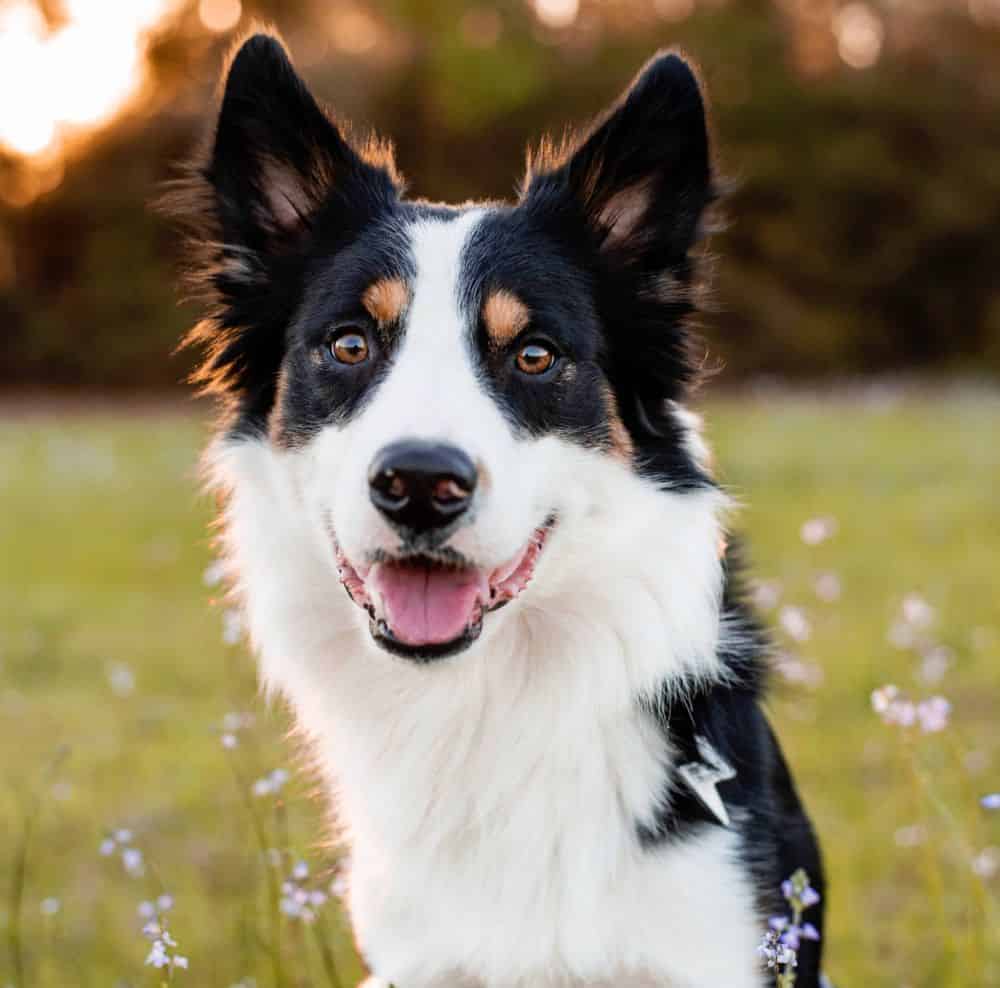
Regular Paw Care Routine
To maintain your Border Collie’s paw health, it is essential to establish a regular paw care routine. This routine should include daily inspections, cleaning, nail trims, and moisturization. By following these steps consistently, you can keep your dog’s paws in optimal condition. Here is a breakdown of the different aspects of a regular paw care routine:
Inspect and Clean Paws Daily
Make it a habit to inspect your Border Collie’s paws daily. Look for any cuts, scrapes, or foreign objects lodged between the paw pads. Use a pet-safe wipe or a clean cloth to gently clean their paws, removing any debris, mud, or dirt that may have accumulated.
Trim Nails Regularly
Regular nail trims are crucial for your Border Collie’s paw health. Overgrown nails can cause discomfort, affect their gait, and even result in more serious joint issues. Invest in proper nail clippers or a grinder specifically designed for dogs and trim the nails carefully. Avoid cutting into the quick, which is the sensitive area inside the nail. Smooth the edges using a nail file to prevent any sharpness.
If you are uncomfortable trimming your dog’s nails at home, consider seeking professional grooming services to ensure the job is done safely and efficiently.
Moisturize Dry Paws
Just like humans, dogs can experience dry and cracked skin. If you notice that your Border Collie’s paw pads appear dry, consider using a pet-friendly moisturizer. Apply the moisturizer to the paw pads and gently massage it in. However, it is important to avoid using human lotions or creams, as they may contain ingredients that are harmful to dogs. Opt for paw balms or creams specifically formulated for dogs, preferably containing natural ingredients.
If your dog’s dryness persists despite moisturization, consult your veterinarian for further advice and potential underlying causes.
Use a Paw Balm or Wax to Protect from Harsh Conditions
Border Collies can be active dogs, often subjected to various weather and terrain conditions. To protect their paws from harsh elements, consider using a paw balm or wax. These products create a barrier between your dog’s paws and any extreme temperatures, rough surfaces, or chemicals they may encounter. Prior to walks on hot pavement or in extreme weather conditions, apply the paw balm or wax as directed to provide an added layer of protection.
Apply a Paw Pad Protector Before Walks on Hot Pavement
Hot pavement can burn your dog’s paw pads, causing pain and discomfort. To prevent this, consider using a paw pad protector specifically designed to shield your dog’s paws from the heat. These protectors act as a barrier between the paws and the hot surface, keeping your Border Collie safe and comfortable during walks.
Keep Fur Trimmed Between Paw Pads
Long fur between the paw pads can trap dirt, debris, and moisture, leading to potential infections or discomfort. Regularly check the fur growth and trim it using blunt-ended scissors or electric trimmers. Be extra cautious to avoid cutting the skin or paw pads while trimming. By keeping the fur trimmed, you can prevent matting and maintain better overall paw hygiene.
By following this regular paw care routine, you can ensure that your Border Collie’s paws remain healthy and well-maintained. However, in addition to the routine, there are also other aspects of paw hygiene and care that you should consider.
Paw Hygiene
Good paw hygiene is crucial for preventing infections and maintaining optimal paw health. Here are some tips to help you maintain proper paw hygiene:
Wash Paws After Walks
After outdoor activities or walks, it is essential to wash your Border Collie’s paws. Use lukewarm water and a gentle pet-safe soap to clean their paws thoroughly. This will help remove any dirt, bacteria, or allergens that may have accumulated during their adventures.
Use Pet-Safe Wipes for Quick Cleaning
For quick clean-ups between washes, consider using pet-safe wipes. These wipes are convenient and can be used to remove dirt or debris from your dog’s paws. They are especially useful when your dog comes inside with muddy paws or after a play session in the park.
Dry Paws Thoroughly
After washing or cleaning your dog’s paws, ensure that you dry them thoroughly. Moisture left on the paws can lead to fungal or bacterial growth. Use a clean towel to pat the paws dry, paying special attention to the areas between the paw pads.
Keep Paws Free from Debris, Mud, and Dirt
Regularly inspect your Border Collie’s paws for any debris, mud, or dirt. Check between the paw pads and remove any foreign objects that may have become lodged. This will prevent discomfort and minimize the risk of infections.
Avoid Using Harsh Chemicals or Soaps on Paws
When cleaning your dog’s paws, it is important to avoid using harsh chemicals or soaps. These can cause irritation or dryness, potentially leading to paw pad issues. Opt for mild, pet-safe soaps specifically formulated for dogs to ensure the health and well-being of your dog’s paws.
By incorporating these paw hygiene practices into your routine, you can prevent infections, minimize discomfort, and promote overall paw health for your Border Collie.
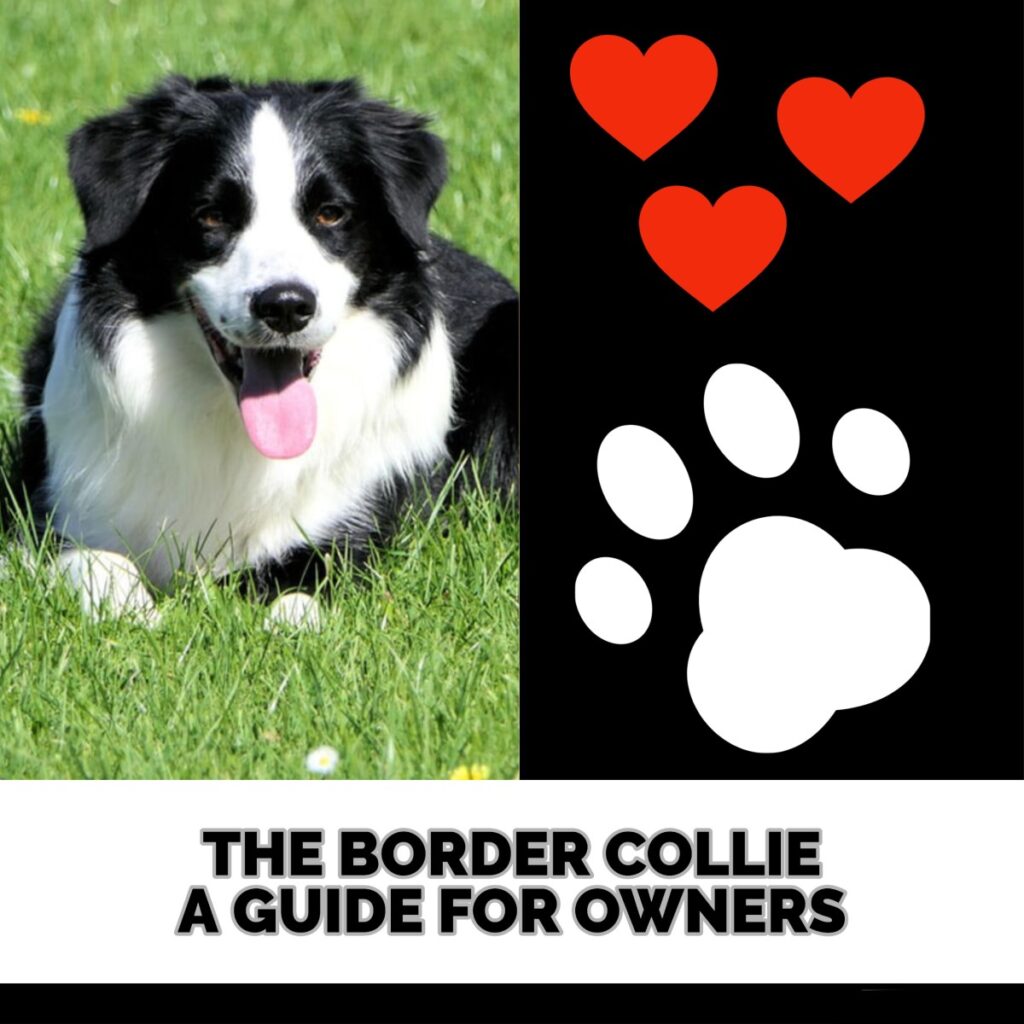
Paw Inspection
Regular paw inspections are vital for identifying any issues promptly. By thoroughly examining your Border Collie’s paws, you can detect problems such as cuts, infections, or abnormalities. Here are some key areas to focus on during a paw inspection:
Check for Cuts, Scrapes, or Abrasions
Inspect your dog’s paws for any cuts, scrapes, or abrasions. These can occur due to rough terrain, sharp objects, or even excessive scratching. Small cuts or scrapes can be treated at home with proper cleaning and, if necessary, the application of a pet-safe wound ointment. However, deeper or more severe wounds may require veterinary attention.
Look for Foreign Objects Lodged Between Paw Pads
Foreign objects, such as thorns, rocks, or shards, can become lodged between your dog’s paw pads. Regularly check between the pads and gently remove any debris. Be cautious not to press too hard or cause additional discomfort. If you encounter any difficulties or if the object appears embedded, consult your veterinarian for assistance.
Examine for Signs of Infections
Infections in the paws can cause redness, swelling, discharge, and an unpleasant odor. During a paw inspection, carefully examine your Border Collie’s paws for any signs of infections. If you notice any concerning symptoms, seek veterinary advice for proper diagnosis and treatment.
Inspect Paw Pads for Cracks or Dryness
Paw pads that are excessively dry or cracked can be uncomfortable for your dog. Regularly evaluate the condition of your dog’s paw pads and take steps to moisturize them if necessary. Excessive dryness or deep cracks may require veterinary guidance for appropriate treatment.
Evaluate Paw Structure for Any Abnormalities
During a paw inspection, assess your Border Collie’s paw structure for any abnormalities. Look for swelling, lumps, or changes in shape. If you notice any unusual or concerning signs, consult with your veterinarian to determine the cause and appropriate action.
Regular paw inspections are an important part of maintaining your Border Collie’s paw health. By conducting thorough examinations, you can address any issues promptly and ensure that your dog’s paws remain in top condition.
Nail Care
Proper nail care is vital for your Border Collie’s paw health. Overgrown nails can cause discomfort, affect your dog’s gait, and even lead to joint issues. To keep your dog’s nails in optimal condition, consider the following tips:
Trim Nails Regularly to Avoid Overgrowth
Regular nail trims are essential to prevent overgrowth. The frequency of trims depends on the growth rate of your dog’s nails and their activity level. On average, aim to trim your Border Collie’s nails every 2-4 weeks, but adjust according to your dog’s individual needs.
Use Proper Nail Clippers or Grinder
Invest in high-quality nail clippers or a grinder specifically designed for dogs. Ensure that the clippers are sharp, as dull clippers can cause splintering or discomfort. Electric grinders can offer a smoother, more efficient way of trimming your dog’s nails, but they may require familiarity and training. Choose the tool that you are most comfortable using and that works best for your dog’s nails.
Avoid Cutting into the Quick
The quick is the sensitive area inside the nail that contains nerves and blood vessels. Cutting into the quick can cause bleeding and pain. When trimming your Border Collie’s nails, be cautious to trim just the tip, avoiding the quick. If uncertain about the location of the quick or if your dog has dark nails, take it slow and trim gradually to ensure precision.
Smooth Edges with a Nail File
After trimming, use a nail file or a pet-friendly nail grinder to smooth the edges of the nails. This prevents sharpness and minimizes the chances of your dog snagging their nails on surfaces. Additionally, smooth edges are less likely to cause discomfort if accidentally scratched against the skin.
Consider Professional Grooming if Uncomfortable Trimming at Home
If you feel uncomfortable or unsure about trimming your dog’s nails at home, consider seeking professional grooming services. Professional groomers have experience in handling different breeds and can ensure the process is done safely and efficiently. Regular nail trims are crucial, so the option of professional grooming provides an alternative if you are unable to perform this task yourself.
Regular nail care is an important aspect of maintaining your Border Collie’s paw health. By following these tips, you can keep your dog’s nails at an appropriate length and prevent discomfort or potential complications.

Moisturizing Dry Paws
Dry and cracked paw pads can cause discomfort for your Border Collie. To moisturize their paws properly, consider the following:
Choose a Pet-Friendly Moisturizer
When selecting a moisturizer for your dog’s paws, choose one specifically formulated for pets. These moisturizers often contain ingredients that are safe for dogs and cater to their unique needs. Avoid using human lotions or creams, as they may contain ingredients that can be harmful to your dog.
Apply Moisturizer to Paw Pads and Massage Gently
After washing or cleaning your Border Collie’s paws, apply a small amount of moisturizer to the paw pads. Massage the moisturizer gently, ensuring that it is absorbed into the skin. Massage not only helps distribute the moisturizer evenly but also promotes circulation in the paw pads.
Avoid Using Human Lotions or Creams
Human lotions or creams may contain fragrances, preservatives, or other ingredients that can be harmful to dogs. Stick to pet-specific paw balms or creams that are formulated to meet the unique needs of your Border Collie’s paws.
Use Paw Balms Containing Natural Ingredients
Consider using paw balms that contain natural ingredients such as shea butter, beeswax, or coconut oil. These ingredients can provide moisturization and nourishment for your dog’s paw pads. Be cautious if your dog has any known allergies to specific natural ingredients and consult your veterinarian if necessary.
Consult a Veterinarian if Excessive Dryness Persists
If despite your efforts, your Border Collie’s paws remain excessively dry or cracked, it is advisable to consult your veterinarian. Excessive dryness can indicate an underlying issue that requires professional assessment and appropriate treatment. Your veterinarian can offer suitable guidance and recommendations based on your dog’s individual needs.
Moisturizing your Border Collie’s paws is an essential step in maintaining their paw health. By incorporating these tips into your routine, you can provide the necessary hydration and prevent discomfort associated with dry paw pads.
Protection from Harsh Conditions
Your Border Collie’s paws can be exposed to various harsh conditions, including extreme temperatures, rough surfaces, and chemicals. To protect their paws and prevent potential issues, consider the following measures:
Apply Paw Wax or Balm Before Exposure to Extreme Temperatures
Extreme temperatures can affect your dog’s paws, causing discomfort or even burns. Applying a paw wax or balm before going out in extreme heat or cold can create a protective barrier. These products act as insulation, preventing excessive heat or cold from reaching your dog’s paw pads.
Use Dog Booties or Socks in Extreme Cold or Hot Weather
Extreme cold or hot weather can pose risks to your Border Collie’s paws. Consider using dog booties or socks designed for adverse weather conditions. These protectors provide insulation, preventing frostbite in cold temperatures and protecting against burns from hot surfaces.
Avoid Walking on Hot Pavement or Icy Surfaces
Hot pavement can reach scorching temperatures that can burn your dog’s paw pads. Icy surfaces can be slippery and increase the risk of injuries. A rule of thumb is to place the back of your hand on the pavement for a few seconds to gauge its temperature. If it feels uncomfortable to your skin, it is best to avoid walking your dog on it. Opting for walks during cooler times of the day or in shaded areas can also minimize exposure to extreme heat.
Provide a Comfortable Resting Area to Prevent Paw Pad Damage
While your Border Collie is at home, ensure they have a comfortable resting area that provides sufficient cushioning. This prevents paw pad damage that can occur from constant contact with hard surfaces. Provide a soft bed or mat that allows your dog to rest comfortably and avoids unnecessary pressure on their paws.
By taking these precautions, you can safeguard your Border Collie’s paws from the effects of harsh conditions and maintain their optimal paw health.
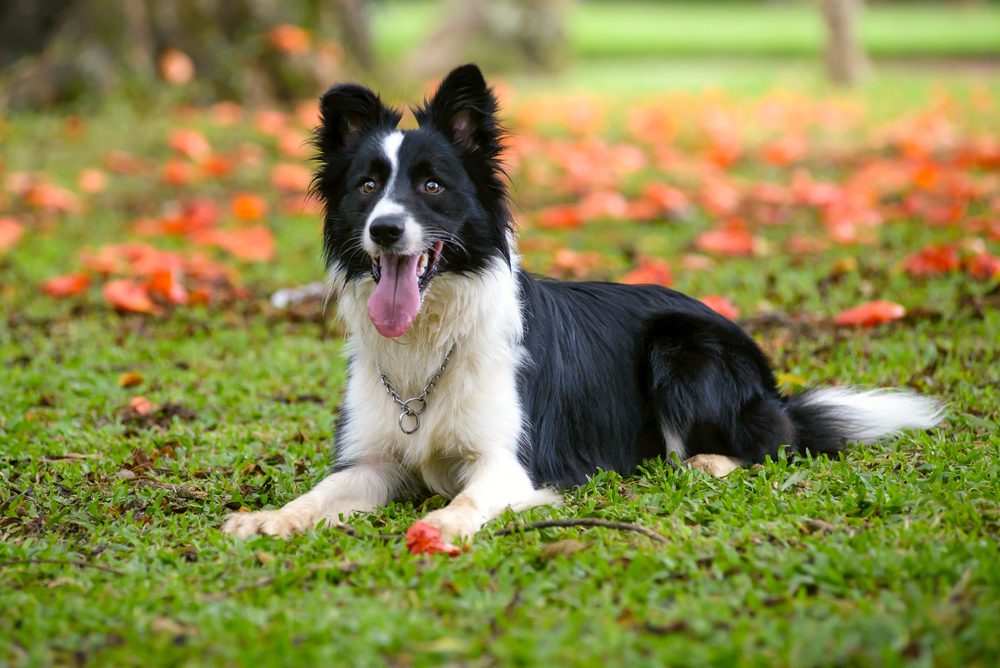
Paw Pad Protection
Paw pad protectors are specifically designed to shield your dog’s paws from various weather conditions, terrains, and potential hazards. Consider the following tips for protecting your Border Collie’s paw pads:
Apply a Paw Pad Protector Before Walks or Outdoor Activities
Before taking your dog for walks or engaging in outdoor activities, consider applying a paw pad protector. These products typically come in the form of balms, waxes, or sprays. They create a barrier between your dog’s paws and the elements, reducing irritation and preventing potential injuries.
Ensure the Protector is Non-Toxic and Safe for Dogs
When choosing a paw pad protector, ensure that it is non-toxic and safe for dogs. Research the ingredients used and opt for products made specifically for canine use. Avoid products containing harmful substances that can be toxic if ingested or cause irritation.
Choose a Protector Suitable for Weather or Terrain Conditions
Different protectors cater to various weather conditions and terrains. If you live in an area with extreme temperatures, consider a protector that offers insulation against both heat and cold. If you frequent rough or rocky terrains, choose a protector that offers additional padding and traction. Select a protector that best suits the specific needs of your Border Collie’s activities.
Reapply as Directed to Maintain Its Effectiveness
Pay attention to the manufacturer’s instructions on reapplication. Depending on the product, you may need to reapply the paw pad protector periodically or after a certain duration, such as after walks or play sessions. Regular reapplication ensures continued protection and effectiveness.
By utilizing paw pad protectors, you can minimize the risk of paw pad injuries and discomfort for your Border Collie, allowing them to enjoy outdoor adventures in a safe and protected manner.
Trimming Paw Fur
Keeping the fur between your Border Collie’s paw pads trimmed is essential for maintaining good paw hygiene. Excessive fur can trap dirt, debris, or moisture, leading to potential issues. Here are some tips for trimming paw fur:
Use Blunt-Ended Scissors or Electric Trimmers
When trimming your dog’s paw fur, opt for blunt-ended scissors or electric trimmers designed for pet grooming. This minimizes the risk of accidentally cutting the skin or paw pads. Sharp or pointed scissors can lead to injuries or cause discomfort for your dog.
Carefully Trim Excessive Fur Around the Paw Pads
Examine your Border Collie’s paw pads and identify any excessive fur growth. Gently trim the fur around the paw pads, ensuring that you do not cut too close to the skin. Take your time, especially if your dog is sensitive or unaccustomed to having their paws handled.
Avoid Cutting the Skin or Paw Pads
When trimming paw fur, be cautious not to cut the skin or paw pads. Take it slow and steady, using small and controlled cuts. If you are unsure or your dog becomes anxious or uncomfortable, consult a professional groomer for assistance.
Regularly Check Fur Growth to Prevent Matting
Regularly monitor the fur growth between your Border Collie’s paw pads to prevent matting. Mats can cause pain and discomfort, potentially leading to skin irritation or infection. By staying vigilant and trimming any excessive fur, you can maintain good paw hygiene and minimize the risk of complications.
By following these tips for trimming paw fur, you can ensure that your Border Collie’s paws remain clean, comfortable, and free from issues caused by excessively long fur.
Preventing Paw Pad Injuries
Preventing paw pad injuries is crucial for maintaining your Border Collie’s paw health. By taking certain precautions and being aware of potential hazards, you can minimize the risk of paw pad damage. Consider the following tips to prevent paw pad injuries:
Avoid Walking on Rough Surfaces Without Protection
Rough or abrasive surfaces, such as gravel, concrete, or broken terrain, can cause injuries to your dog’s paw pads. Avoid walking your Border Collie on such surfaces without protection. Utilize paw pad protectors, dog booties, or socks to provide a cushioned barrier between their paws and the rough surface.
Inspect the Environment for Potential Hazards
Before allowing your dog to roam in a new environment, inspect the surroundings for potential hazards. Check for sharp objects, glass, thorns, or any other materials that can cause injuries to your dog’s paws. Clear any debris or hazards to create a safe space for your Border Collie.
Train Your Border Collie to Avoid Sharp Objects
Training your Border Collie to avoid sharp objects or hazardous areas can help prevent paw pad injuries. Teach them commands such as “leave it” or “watch out” to alert them to potential dangers. Positive reinforcement and consistency in training are key to ensuring their safety.
Keep Them Away from Toxic Substances or Chemicals
Certain substances or chemicals can be toxic to your dog if ingested or come into contact with their paws. Avoid walking your Border Collie in areas where toxic substances may be present, such as pesticide-treated lawns or areas with spilled chemicals. Always keep an eye on what your dog sniffs or ingests during walks to prevent potential harm.
Consider Using Dog Boots for Added Protection
Dog boots provide an extra layer of protection for your Border Collie’s paws. These boots are designed to endure rough terrains, extreme temperatures, and potential hazards. Depending on your dog’s activities or the environment they regularly encounter, dog boots can offer increased comfort and safety.
By implementing these preventive measures, you can significantly reduce the likelihood of paw pad injuries for your Border Collie. Ensuring a safe environment and practicing vigilance during walks and playtime are essential for maintaining paw health.
Consulting a Veterinarian
While paw care routines and preventive measures are essential, it is always wise to consult your veterinarian for professional guidance. Regular veterinary check-ups play a vital role in monitoring your Border Collie’s overall health, including their paws. Here are some reasons to consult a veterinarian regarding your dog’s paw health:
Schedule Regular Veterinary Check-ups
Make sure to schedule regular veterinary check-ups for your Border Collie. These routine visits allow your veterinarian to monitor your dog’s overall health, including their paws. During check-ups, your veterinarian can provide recommendations specific to your dog’s breed, age, and individual needs.
Seek Professional Advice for Specific Paw Health Concerns
If you notice any concerning signs, such as persistent swelling, redness, or lameness in your dog’s paws, it is important to seek professional advice. Your veterinarian can perform a thorough examination, diagnose any underlying issues, and recommend appropriate treatment.
Address Any Signs of Pain, Swelling, or Infection Promptly
Pain, swelling, or infection in the paws should not be taken lightly. If your Border Collie shows any signs of discomfort, distress, or persistent issues with their paws, consult your veterinarian promptly. Prompt treatment and intervention can prevent further complications and ensure your dog’s well-being.
Follow Your Vet’s Recommendations for Paw Health
Your veterinarian is a reliable source of information and guidance for your Border Collie’s paw health. Follow their recommendations regarding paw care, preventive measures, and any necessary treatments. They will provide insights tailored to your dog’s specific needs and ensure comprehensive care.
Consulting a veterinarian allows for a comprehensive approach to your Border Collie’s paw health. They can provide advice, diagnosis, and treatment options tailored to your dog’s unique situation, ensuring their paws receive the care they need.
Conclusion
Maintaining your Border Collie’s paw health is crucial for their overall well-being. By following the essential tips outlined in this guide, you can establish a strong paw care routine, practice good hygiene, and take preventive measures to protect your dog’s paws. Regular inspections, hygiene practices, and proper nail care are key components of maintaining healthy and happy paws.
Remember to be vigilant and watch for any signs of discomfort, pain, or abnormalities in your Border Collie’s paws. If you notice any concerning issues, consult your veterinarian for professional advice and guidance. By prioritizing your dog’s paw health and implementing these essential tips, you can contribute to their overall happiness, comfort, and longevity.
Caring for your Border Collie’s paws is an ongoing commitment but one that is well worth the effort. Your furry friend will thank you for it with every joyful step they take.
